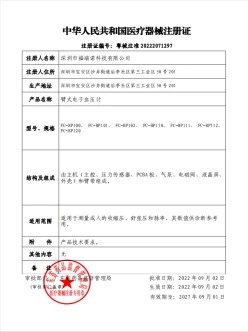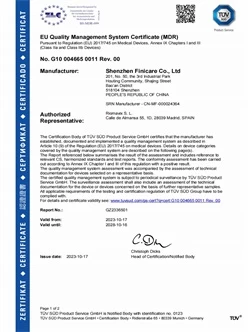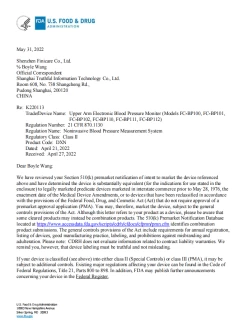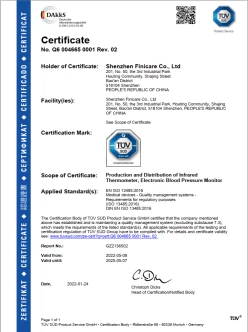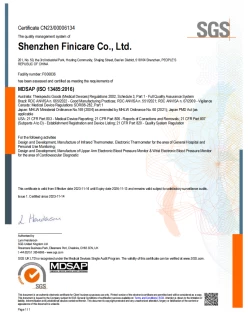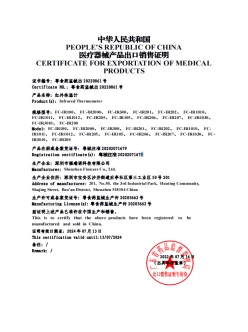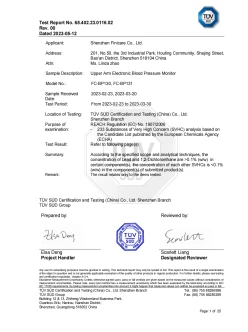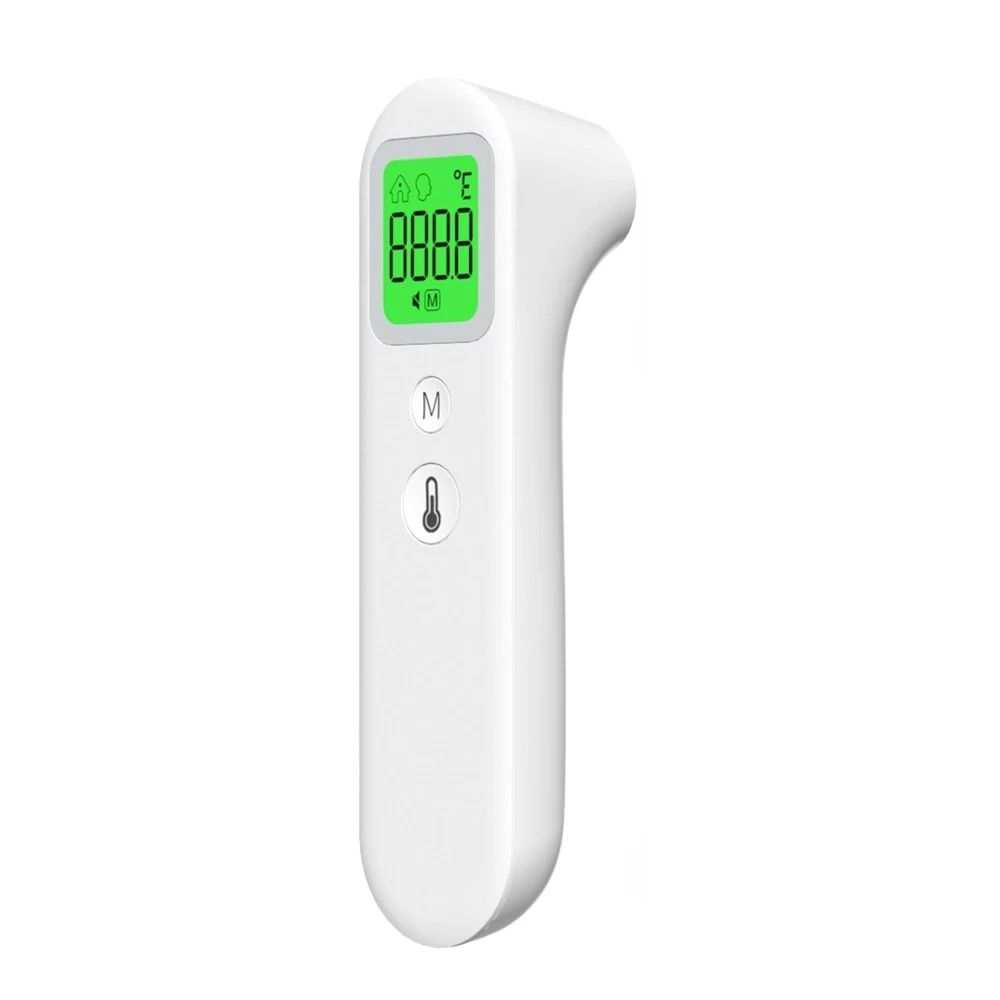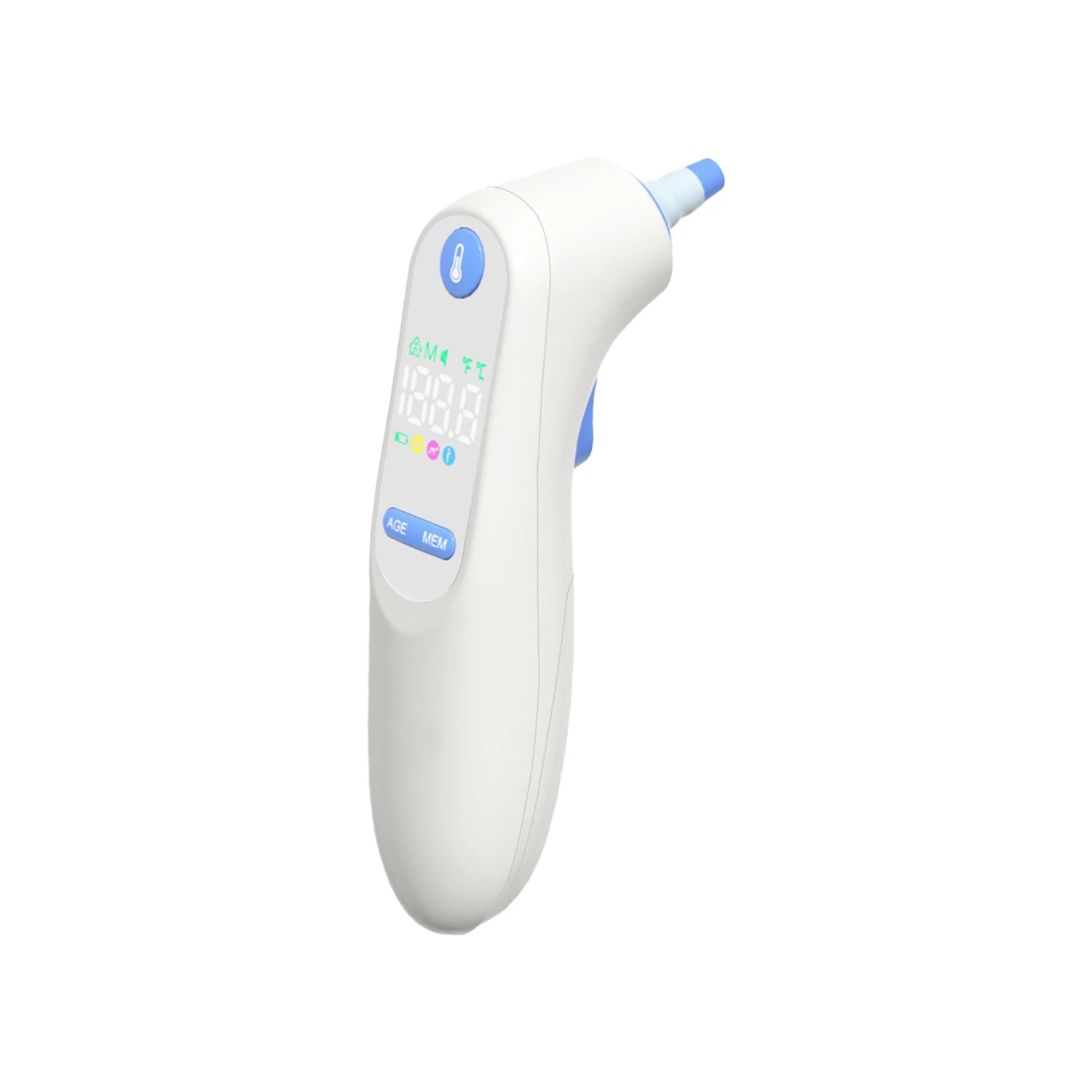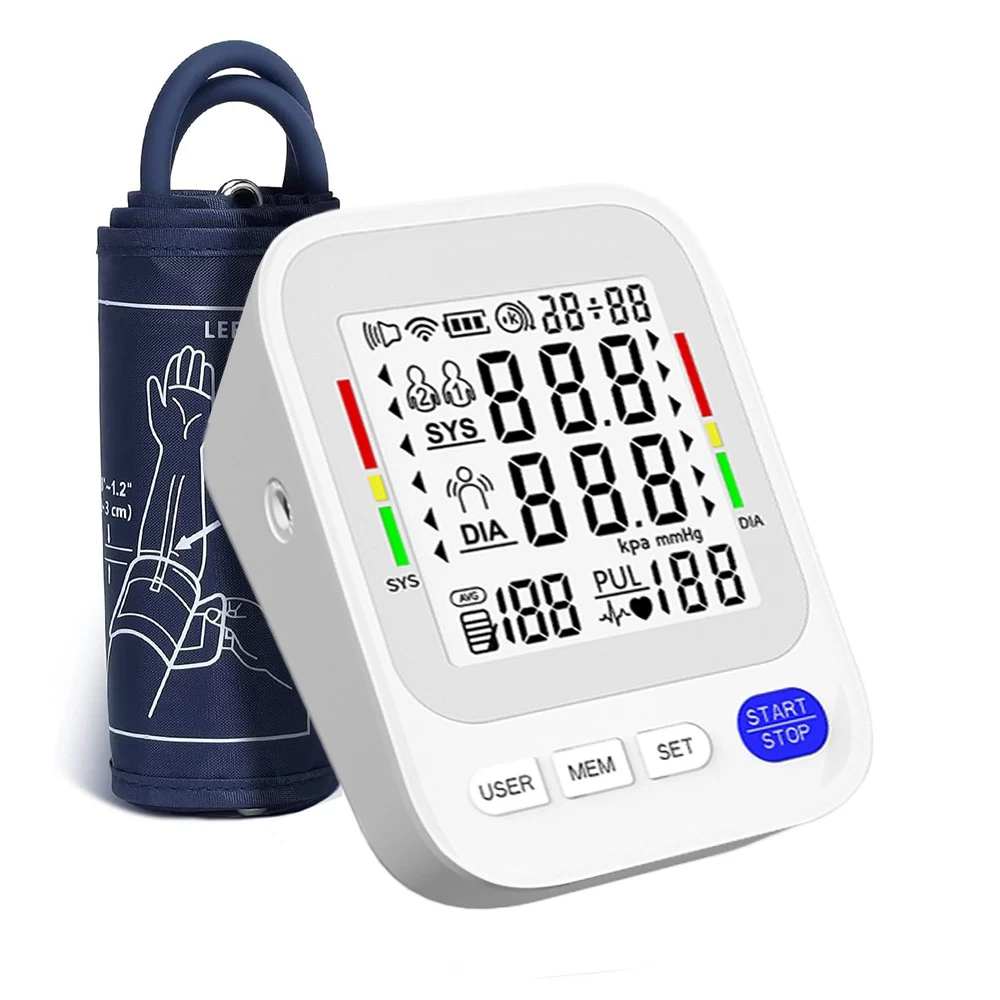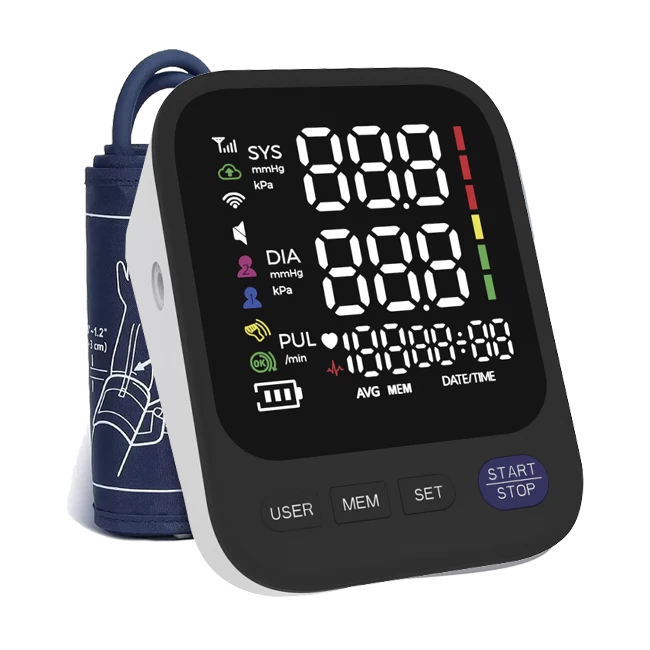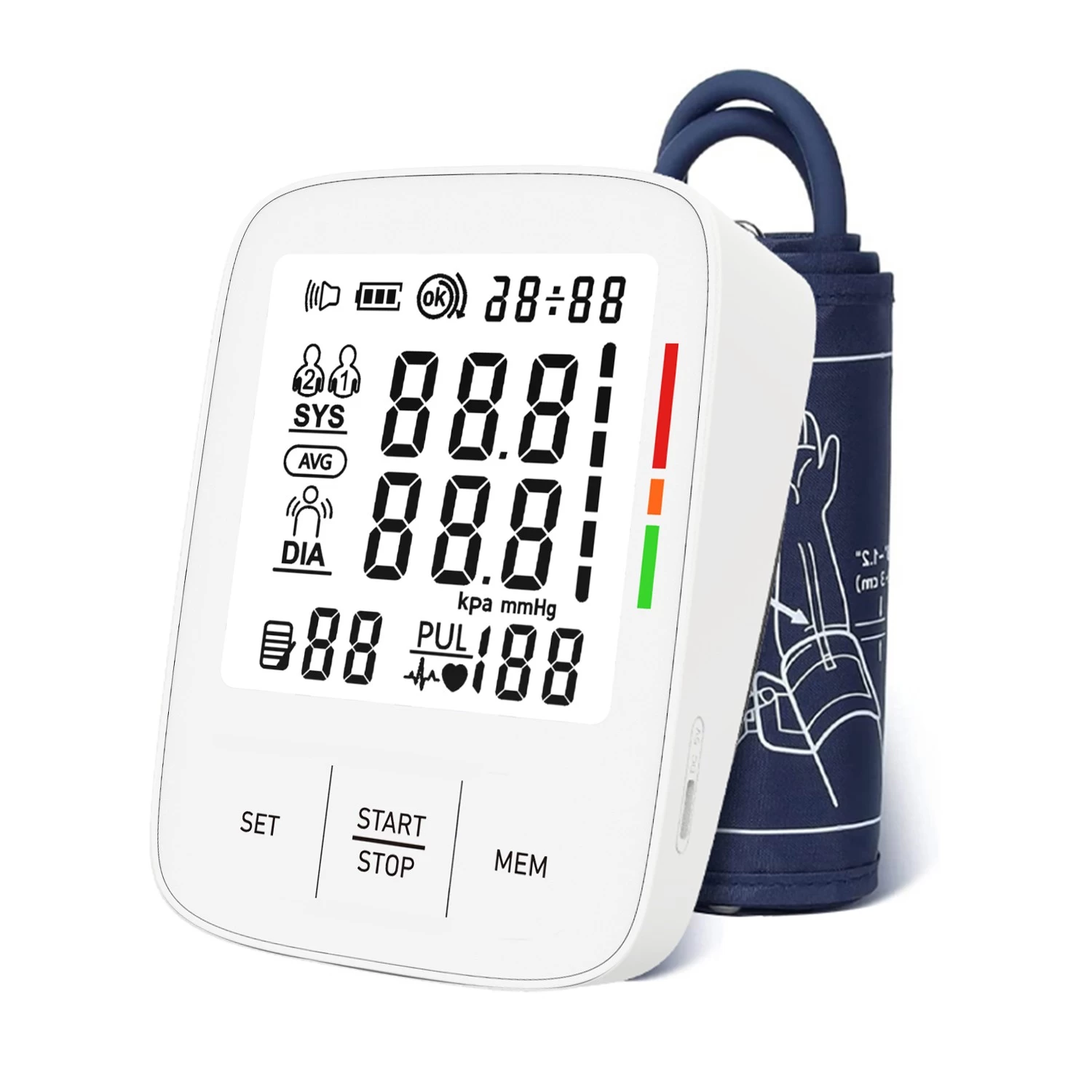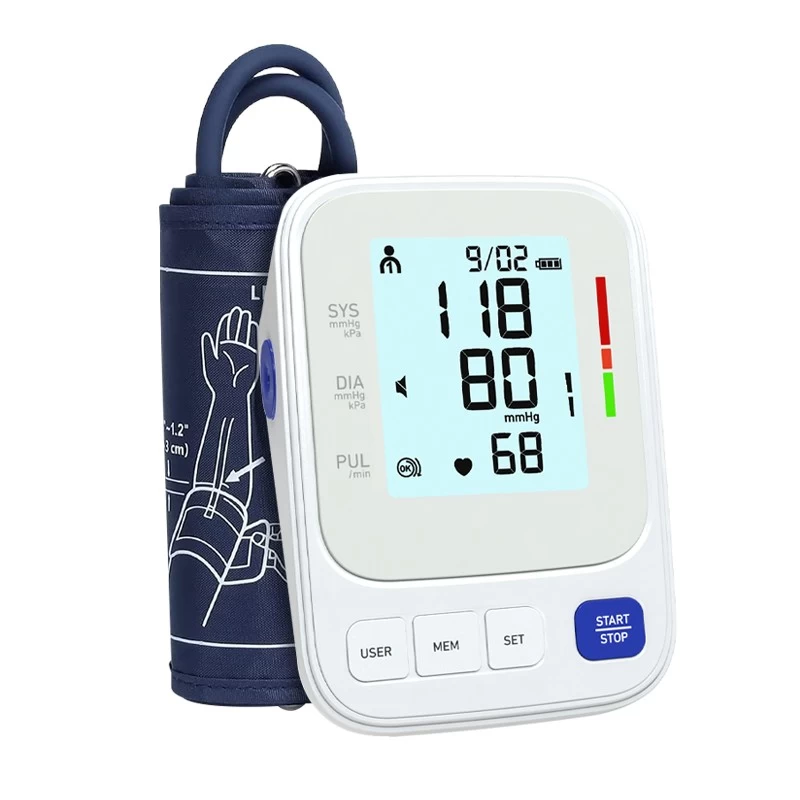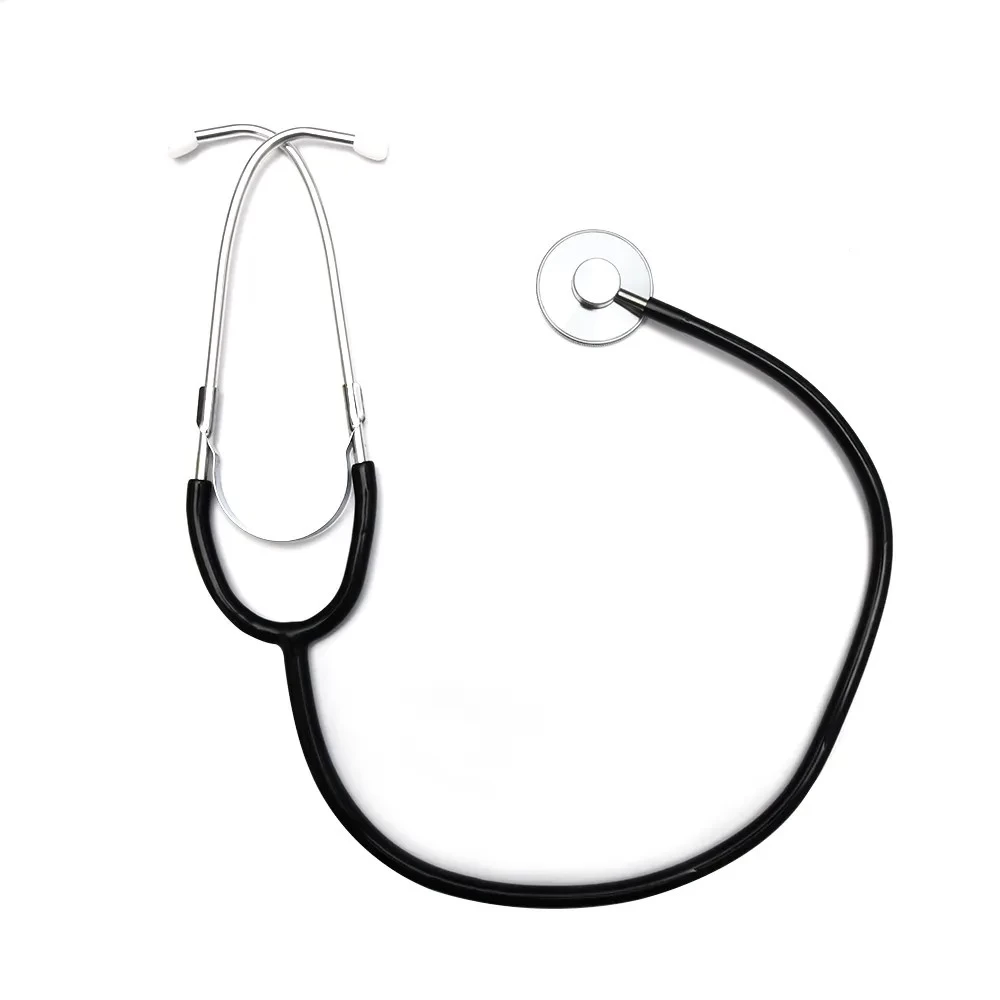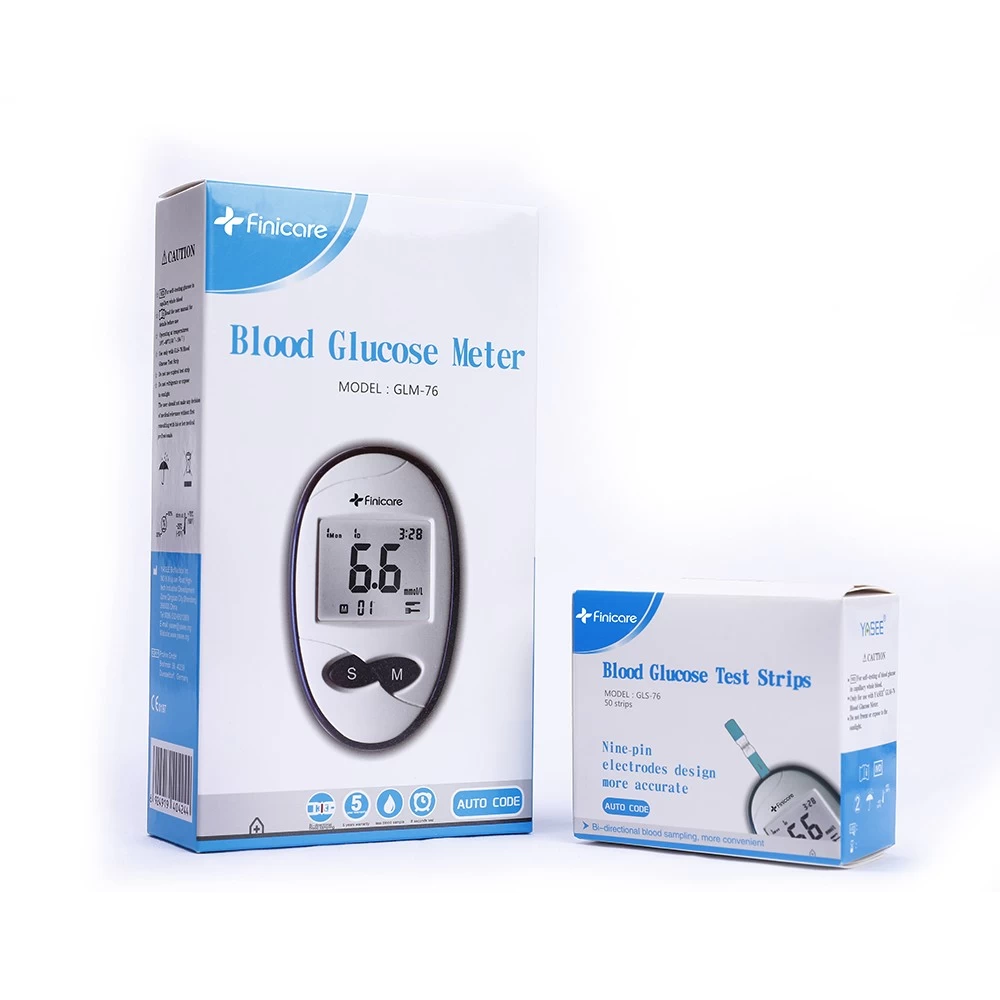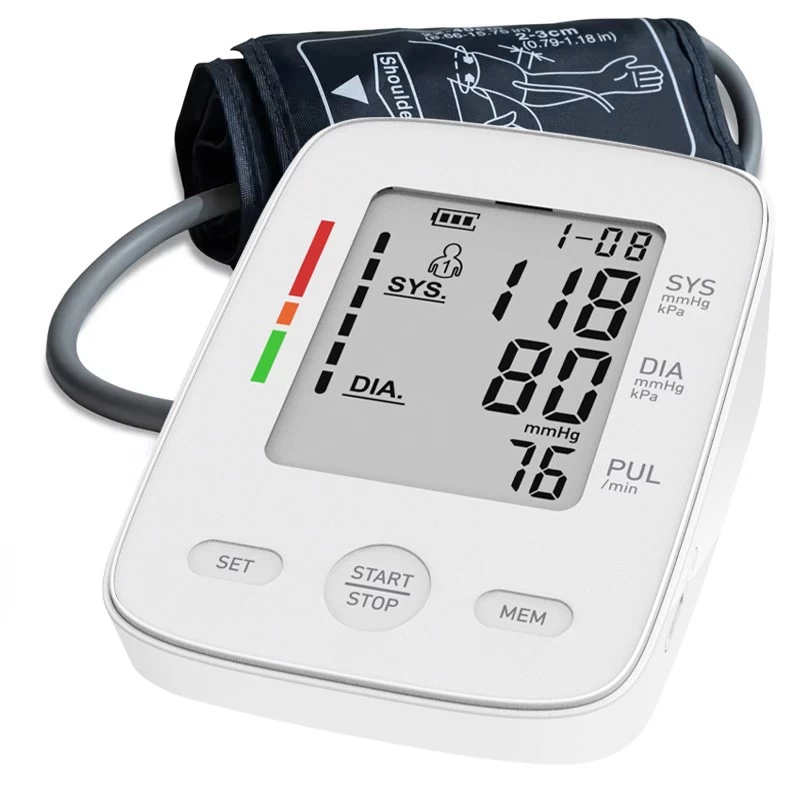What is the Best Home Blood Pressure Monitor?
What is the Best Home Blood Pressure Monitor? A Product Manager’s Deep Dive
Home blood pressure monitors have evolved from niche medical tools to essential household devices, driven by rising health consciousness and advancements in digital health technology. As a product manager, analyzing the market requires balancing clinical accuracy, user experience, and affordability. Below, we explore 10 leading products, their strengths, usage scenarios, and data-driven insights to identify what makes a monitor stand out.
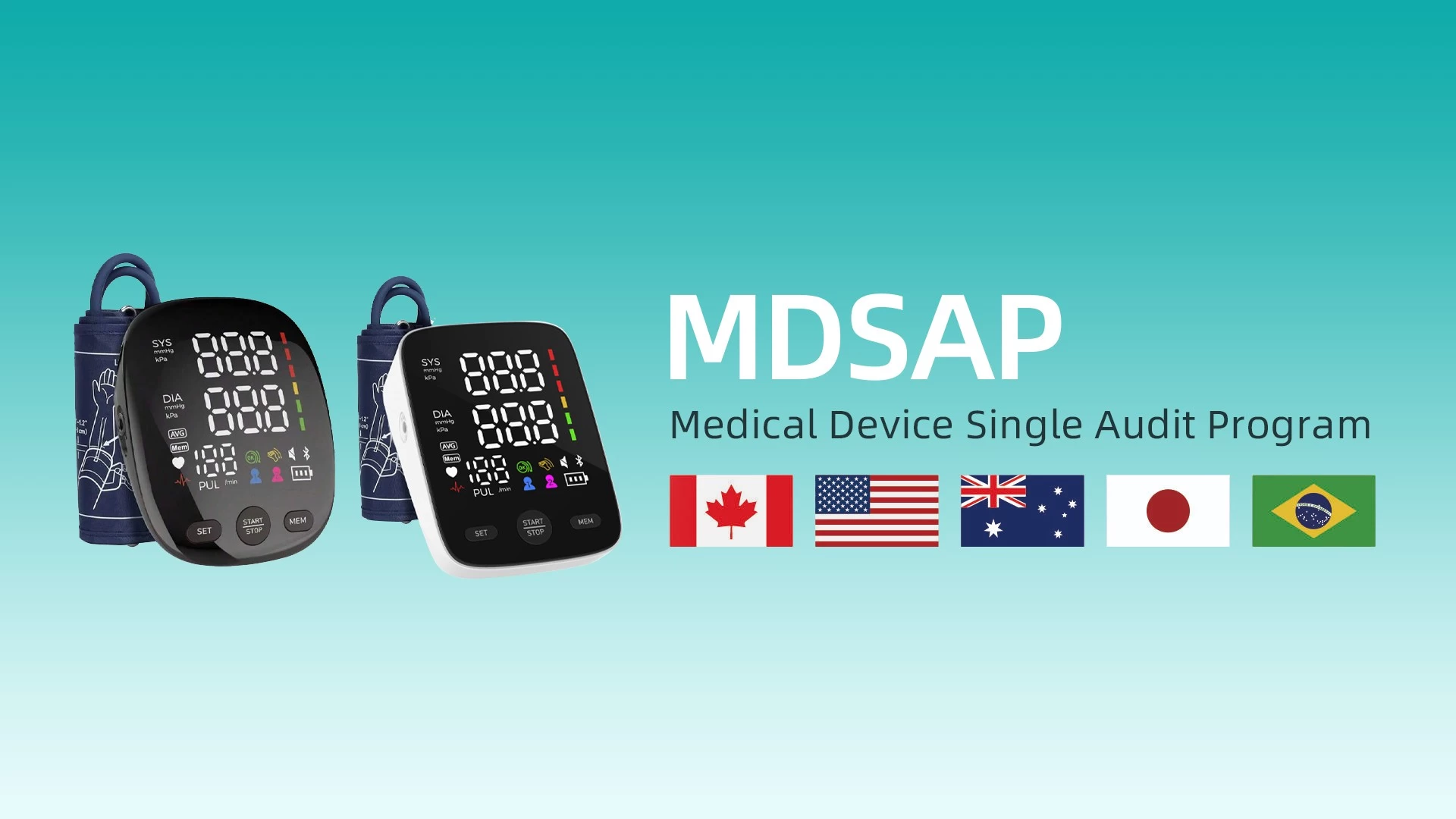
Top 10 Home Blood Pressure Monitors & Their Competitive Advantages
1.Omron Platinum BP5450
Key Features: Clinically validated, Bluetooth connectivity, 200-user memory, irregular heartbeat detection.
Strength: Trusted brand with FDA clearance and AMA-recommended accuracy.
Use Case: Ideal for multi-user households or patients requiring long-term trend tracking.
2.Withings BPM Connect
Key Features: Sleek design, unlimited app storage, multi-user profiles, Wi-Fi sync.
Strength: Combines medical-grade accuracy with consumer-friendly design, appealing to tech-savvy users.
Use Case: Remote patient monitoring for telehealth integration.
3.iHealth Track Smart Upper Arm
Key Features: Affordable (36-36-40), 99-reading memory, multi-color display, iOS/Android app.
Strength: Budget-friendly option with strong user reviews (4.4/5 stars from 26,900+ ratings).
Use Case: General-purpose monitoring for cost-conscious consumers.
4.Omron Complete Wireless with EKG
Key Features: FDA-approved EKG integration, detects atrial fibrillation, stores unlimited data.
Strength: Unique dual-functionality for cardiac patients needing comprehensive metrics.
Use Case: High-risk individuals managing arrhythmias or post-surgery recovery.
5.LifeSource Upper Arm with Extra-Large Cuff
Key Features: Accommodates 23-inch arm circumference, 60-reading memory.
Strength: Addresses a critical gap for users with larger arms, ensuring accurate readings.
Use Case: Obesity or limited mobility patients.
6.Konquest KBP-2704A
Key Features: Ultra-affordable ($25.95), adjustable cuff, 4.5-inch backlit screen.
Strength: Highest value-for-money with 33,000+ ratings (4.5/5 stars).
Use Case: Entry-level users or occasional checkers.
7.Omron 3 Series
Key Features: Clinically validated, 14-reading memory, compact design.
Strength: Reliable baseline model for seniors or users prioritizing simplicity.
Use Case: Elderly patients needing straightforward operation.
8.iHealth Neo Wireless
Key Features: Rechargeable battery, 130-measurement capacity, clinical validation.
Strength: Premium portability for frequent travelers.
Use Case: Active professionals requiring on-the-go monitoring.
9.Finicare Home Blood Pressure Monitor FC-BP113
Key Features: Voice-guided operation, arrhythmia detection, 120-user memory.
Strength: Accessibility-focused design for visually impaired users.
Use Case: Home Health management.
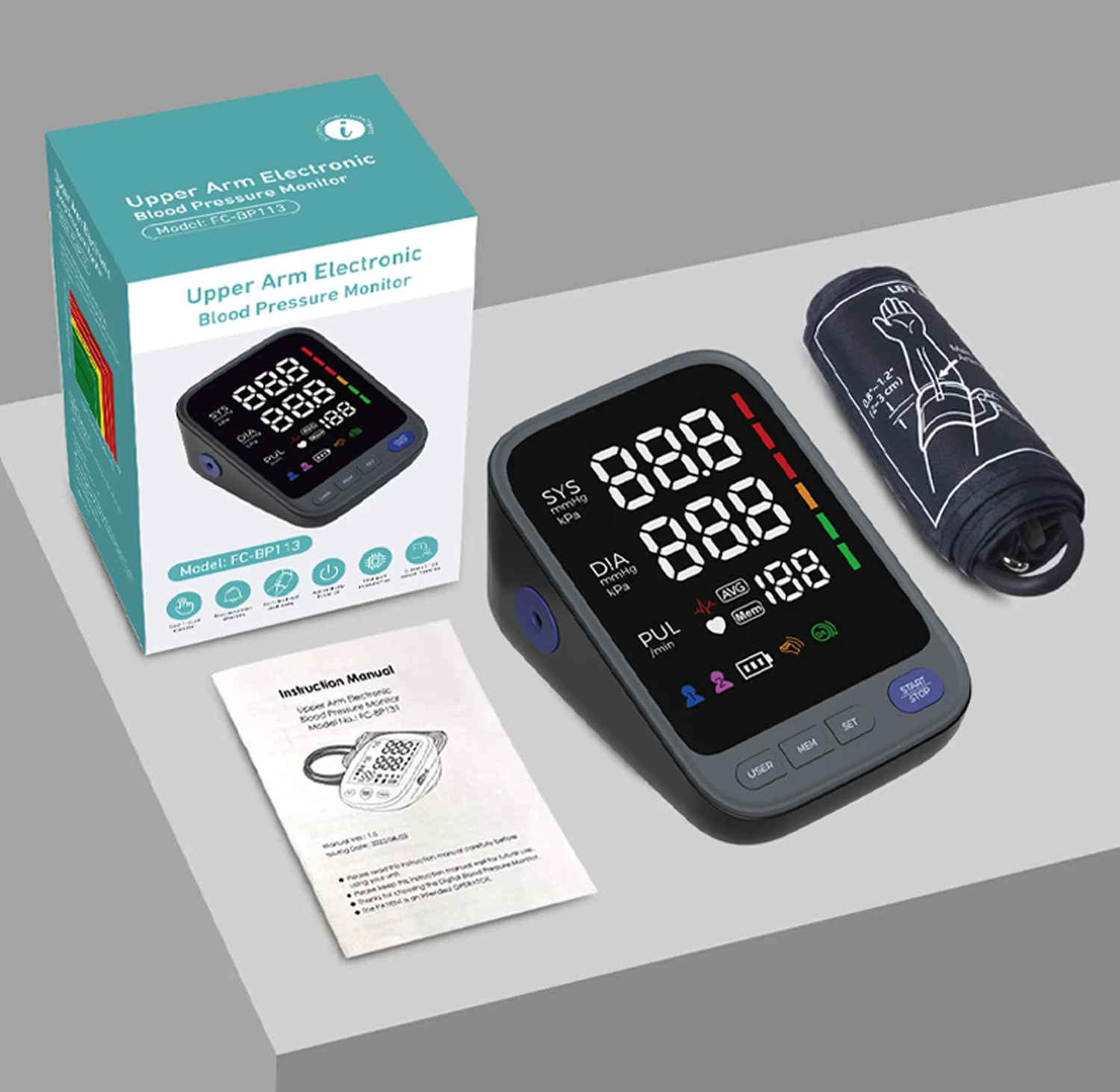
10.A&D Medical UA-651BLE
Key Features: Hospital-grade accuracy, Bluetooth, 60-reading memory.
Strength: Trusted by healthcare providers for clinical-grade reliability.
Use Case: Post-diagnosis management under physician guidance.
Product Manager’s Analysis: Key Trends & Insights
1.Accuracy & Clinical Validation
Data: 78% of users prioritize clinical validation (e.g., ValidateBP.org listings). Monitors like Omron and Withings dominate due to rigorous testing.
PM Insight: Partnering with medical institutions for certifications boosts credibility and insurance reimbursements.
2.Connectivity & Data Integration
Data: 62% of buyers under 50 prefer app-enabled devices (e.g., iHealth, Withings).
PM Insight: Investing in interoperable apps (Apple Health, Google Fit) enhances user retention.
3.Cuff Size Inclusivity
Data: 30% of adults have arm circumferences >16 inches, yet only 15% of monitors cater to this. LifeSource’s XL cuff fills this gap.
PM Insight: Modular cuff designs can reduce returns and broaden market reach.
4.Price Sensitivity
Data: Budget devices (<$50) account for 45% of Amazon sales, driven by Konquest and iHealth.
PM Insight: Tiered pricing (basic vs. premium features) captures both value seekers and premium buyers.
5.User Demographics
Elderly: Prefer large displays, simple interfaces (Omron 3 Series).
Pregnant Women: Need reliability for preeclampsia tracking (Withings).
Chronic Patients: Require EKG integration and irregular heartbeat alerts (Omron Complete).
Data-Driven Recommendations for Product Development
1.Enhance Accessibility: Voice guidance and multilingual support to serve aging populations.
2.Expand Cuff Sizes: Partner with obesity health organizations to design inclusive products.
3.Leverage AI: Predictive analytics for trend alerts (e.g., pre-hypertension detection).
4.Subscription Models: Offer premium app features (e.g., doctor consultations) for recurring revenue.
5.Sustainability: Recyclable materials and battery-free options to align with eco-conscious trends.
Conclusion
The "best" home blood pressure monitor depends on user needs: Omron leads in clinical trust, Withings in tech integration, and Finicare in affordability. For product managers, success lies in balancing precision, usability, and inclusivity while leveraging data to anticipate evolving health trends.
For detailed product comparisons, refer to sources like CNET, Mayo Clinic, and Amazon.

